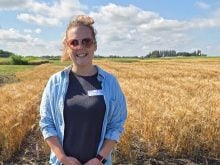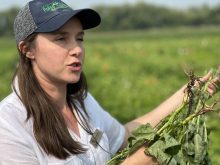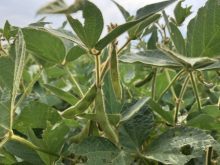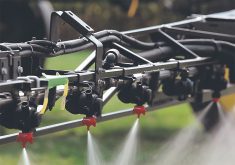Growers in many parts of Alberta and Saskatchewan are anxious to harvest crops left in the field last fall
Hard-luck farmers across Western Canada are gearing up for an encore performance in a two-act play that nobody wanted to see.
Approximately 2.3 to 2.4 million acres of farmland went unharvested last fall, including an estimated 1.3 million acres in Saskatchewan and roughly a million more in Alberta.
Last week, grain growers who would normally be tuning up seeding units were firing up their combines, hooking up to grain carts and getting ready to pick up where they left off late last year.
“Harvest has, umm, I guess started, you could say, in a few areas of the province,” said Shannon Friesen, a provincial crop specialist with Saskatchewan Agriculture.
Read Also
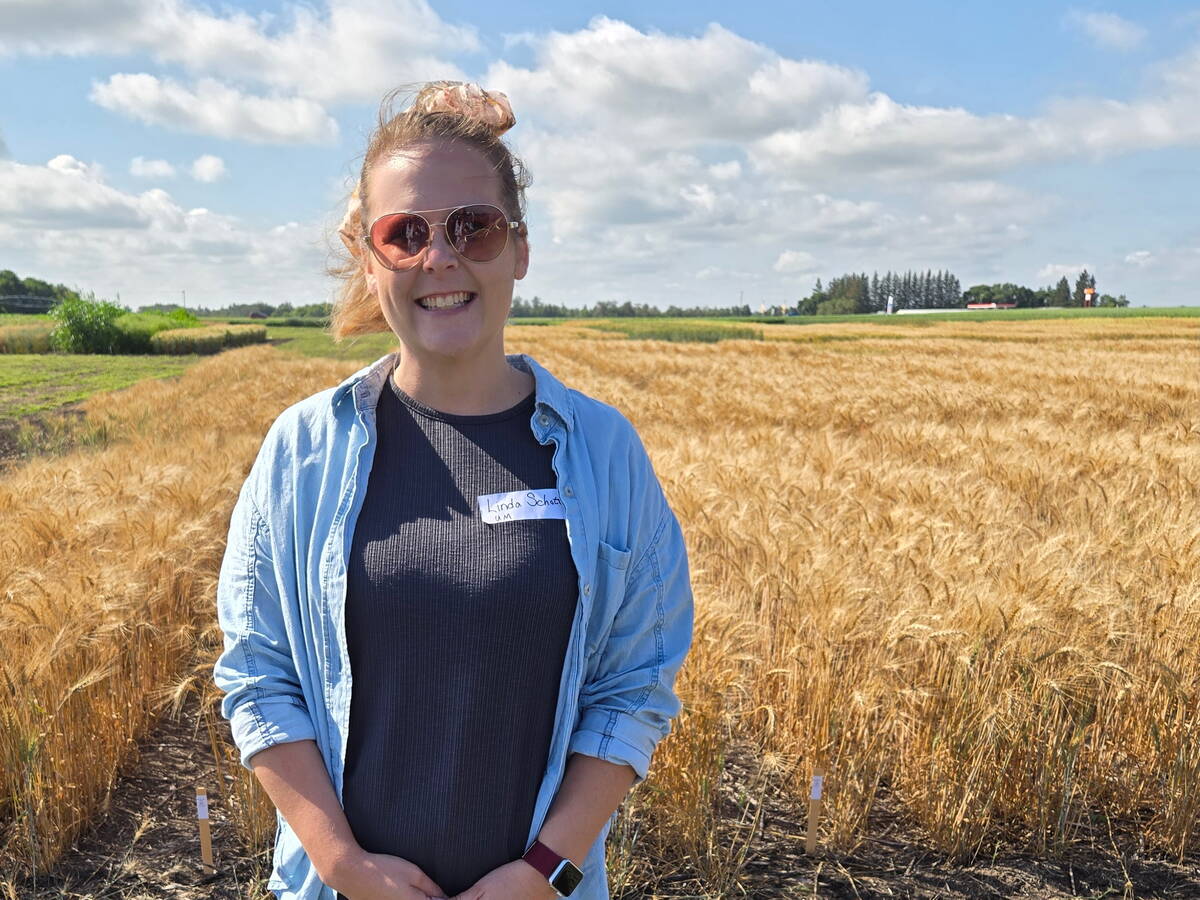
University of Manitoba hires potato researcher
A new research chair position at the University of Manitoba will tackle sustainability in the potato industry.
“Certainly in parts of (southern Saskatchewan) and even the west-central, producers are either getting in the fields or are hoping to get in there in the next week or two.”
As of April 6, spring harvest operations were “just getting under way,” Friesen said.
Combines started rolling in some parts of the province last week but progress was slow, delayed by wet field conditions and tough grain.
In some cases, growers will choose between harvesting tough, low-quality feed grain and drying it or leaving their crops to dry naturally.
The first option will involve additional costs for handling and management.
The second, depending on the weather, could take land out of production this year.
“A lot of fields are still saturated and it’s very muddy,” Friesen said.
“In terms of grain moisture, a lot of it is still very, very tough,” she added.
In some areas, unharvested grain will be difficult to market under any circumstances because of quality losses and elevated toxicity levels caused by fusarium.
In those instances, the main priority will be preparing unharvested fields for reseeding rather than harvesting and managing low-quality feedgrain.
“We would hope that burning (unharvested crops) will be minimal, but we are expecting that there will be some taking place,” Friesen said.
“Some of those fields are really tough. There’s a lot of fusarium in them, a lot of disease, wildlife damage, mice … all sorts of different issues going on.”
Jason Skinner, chief executive officer at North West Terminal, said combines started rolling around Unity, Sask., in early April.
Local growers have been chewing away at unharvested acres ever since.
“We’re finally starting to see the ground dry up enough that farmers can get in the field,” Skinner said last week.
“But it’s still a bit of a challenge because the low spots are wet and combines are getting stuck. It’s not an easy task.”
Skinner said 10 percent of the crop in the NWT’s draw area stayed in the field over winter.
Quality losses in spring-harvested material are variable, depending on what condition the crops were in last fall, he added.
In general, cereal grains and oilseeds that are more mature are expected to suffer fewer quality losses during the winter.
In addition, crops that were left standing last fall are generally less prone to damage than those that were swathed.
In Alberta, many growers with unharvested acres spent last week tuning up combines and other harvest-related machinery, said Sylvan Lake grain grower Kevin Bender.
In most cases, another week or more of warm weather will be needed before any combines return to action.
“The fields are still pretty wet around here, and in some places there’s still some snow,” said Bender, who had 1,200 acres of wheat and canola to harvest as of late last week.
“So it’s going to be a little while yet.”
Bender said all growers with unharvested acres will be under the gun as they try to balance spring harvest efforts with annual seeding operations.
In some areas, unharvested fields may not be combined before seeding begins, he added.
There are unharvested acres throughout Alberta, but growers west and north of Edmonton are perhaps facing the most difficult situation.
Some producers in those areas have more than half of last year’s crop still in the field and could be forced to wait weeks before saturated soil is firm enough to support a combine.



